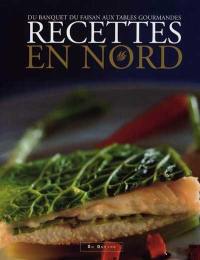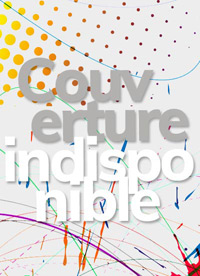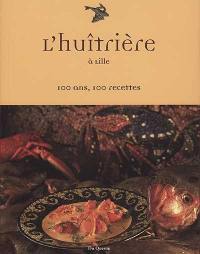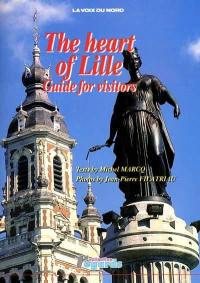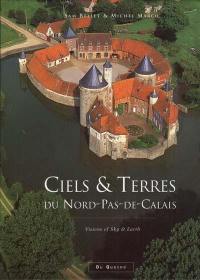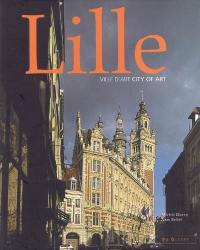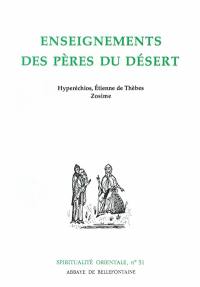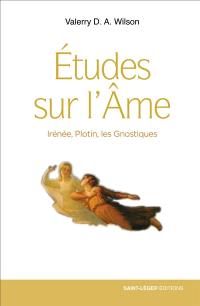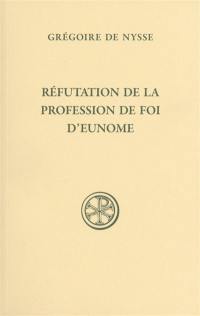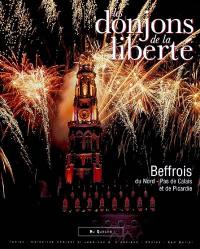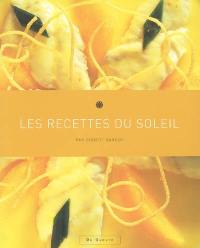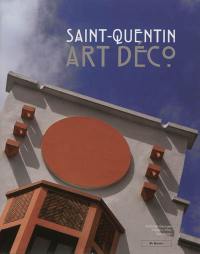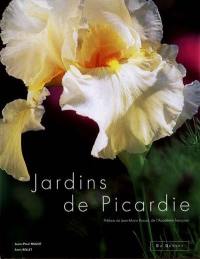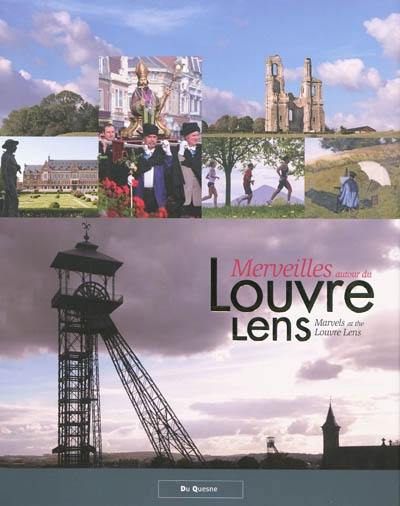
Fiche technique
Format : Relié sous jaquette
Nb de pages : 127 pages
Poids : 300 g
Dimensions : 25cm X 31cm
EAN : 9782909989327
Merveilles autour du Louvre Lens
Quatrième de couverture
Merveilles autour du Louvre Lens
Le Louvre-Lens est une réalité avec laquelle vivront la Région Nord - Pas de Calais, la France mais aussi toute l'Europe du Nord-Ouest, la plus peuplée, et sa réputation sera mondiale. Il n'arrive pas dans un désert culturel et le livre Merveilles autour du Louvre-Lens attire l'attention sur la diversité patrimoniale d'un territoire de quelque vingt-cinq kilomètres de rayon autour de Lens-Liévin et comprenant des villes aussi riches d'art et d'histoire qu'Arras, Douai et Béthune. Il met en lumière un patrimoine de qualité relevant parfois du « grand art » et parfois des arts populaires ; tantôt paysager, urbanistique, architectural, folklorique ; tantôt de plein vent, tantôt conservé dans les musées et les bibliothèques. Sont aussi présentés des monuments-symboles de l'activité minière et industrielle qui, de 1850 à 1990, marqua la terre et les hommes. Les auteurs ont choisi des oeuvres ayant un lien fort avec ce territoire, faites pour celui-ci ou par des artistes qui en sont issus. Un livre donc pour découvrir plus profondément, pour aimer plus, ce pays.
Marvels at the Louvre Lens
The Louvre-Lens will become an attraction of worldwide renown for the Nord - Pas de Calais region, for France but also for the whole of North-West Europe - the most densely populated area in Europe. Yet, it is not opening in the middle of a cultural wasteland and the book « Marvels at the Louvre-Lens » draws our attention to the importance and diversity of the cultural heritage of the region in a twenty-five kilometre radius around Lens-Liévin, including towns as rich in art and history as Arras, Douai and Béthune. It highlights a heritage that sometimes takes the form of « high art » and sometimes folk art ; a heritage that is alternately rustic, urban, architectural, traditional, at times in the open air, other times preserved in museums and libraries. It also presents the monument-symbols of the mining and industry that marked the land and its people from 1850 to 1990. The authors chose works with a strong connection with this area, made for the territory itself or by the artists it has produced. This, therefore, is a book that provides a deeper understanding and a deeper love for this land.





